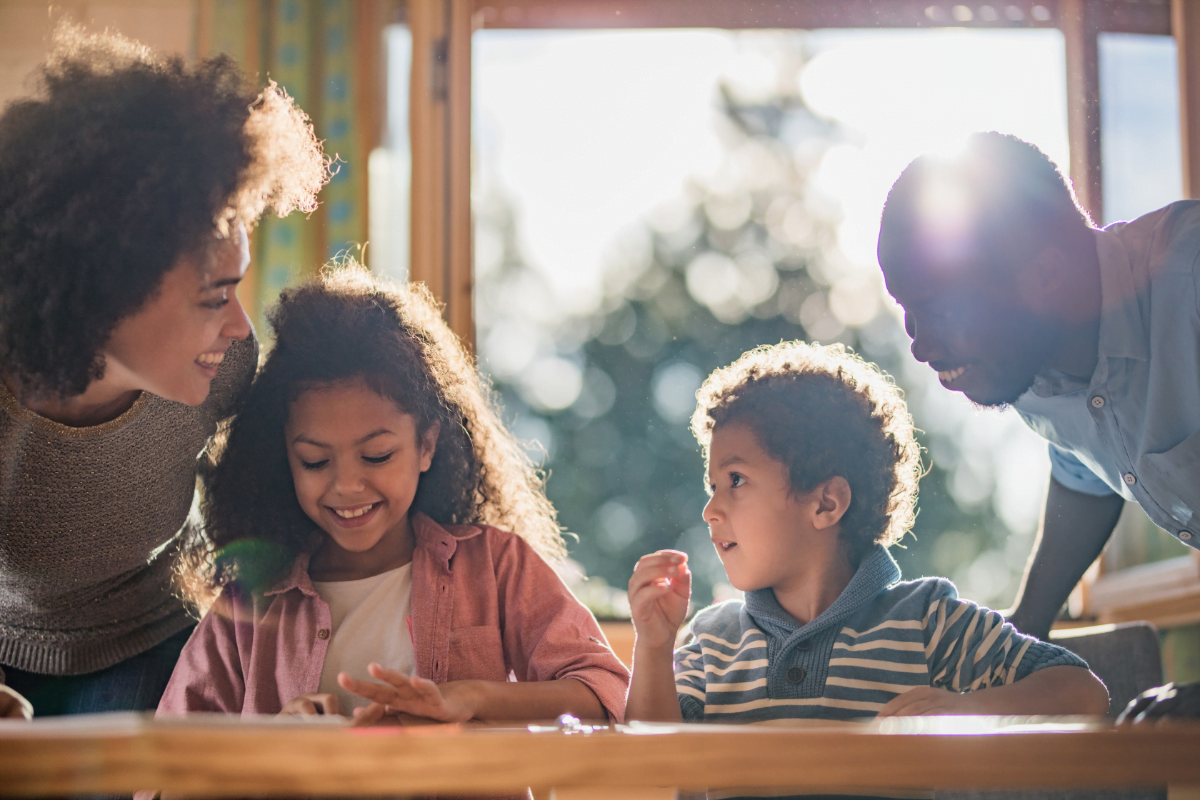Inclusion and friendship are two powerful forces that shape the childhood experiences of every individual. Yet, in a world where differences often lead to segregation and exclusion, fostering environments that promote interaction among all children is crucial. This article delves into the importance of inclusion and friendship in childhood development and provides actionable strategies to create inclusive spaces where every child feels valued and connected.
Understanding Inclusion and Friendship
Inclusion goes beyond mere physical presence; it embodies acceptance, respect, and support for all individuals, regardless of their differences. In inclusive environments, diversity is celebrated, and barriers to participation are dismantled. Friendship, on the other hand, is the cornerstone of social development, offering companionship, emotional support, and a sense of belonging.
The Importance of Inclusive Environments
Creating inclusive environments is essential for fostering positive social interactions and nurturing friendships among children. When children feel included, they are more likely to develop empathy, compassion, and a sense of belonging. Moreover, inclusive spaces promote diversity appreciation and prepare children to thrive in a diverse world.
Challenges to Inclusion
Despite the undeniable benefits of inclusion, several challenges hinder its implementation. These may include lack of awareness, biases and stereotypes, inadequate resources, and institutional barriers. Addressing these challenges requires a concerted effort from educators, parents, and communities.
Strategies for Creating Inclusive Environments
- Promote Diversity Education: Integrate lessons and activities that celebrate diversity and promote understanding of different cultures, abilities, and backgrounds.
- Encourage Peer Support: Foster a culture of peer support where children are encouraged to help and learn from one another. Pairing children with diverse abilities or backgrounds for collaborative activities can foster empathy and mutual understanding.
- Implement Universal Design: Utilize universal design principles to create physical environments and learning materials that are accessible to all children, regardless of their abilities.
- Provide Supportive Resources: Offer specialized support and resources, such as assistive technologies or trained personnel, to ensure that every child can participate fully in activities and interactions.
- Facilitate Communication: Teach effective communication skills and encourage open dialogue among children to promote understanding and resolve conflicts peacefully.
- Lead by Example: Model inclusive behavior and attitudes in your interactions with children, colleagues, and parents. Demonstrate respect, empathy, and acceptance towards all individuals.
Benefits of Inclusion and Friendship
The benefits of creating inclusive environments and fostering friendships among children are manifold. These include:
- Enhanced social skills: Children learn to communicate, collaborate, and cooperate with others, laying the foundation for positive relationships in the future.
- Improved self-esteem: Feeling included and valued boosts children’s confidence and self-worth, enabling them to express themselves more freely.
- Increased empathy and compassion: Interacting with individuals from diverse backgrounds fosters empathy and teaches children to appreciate differences.
- Better academic outcomes: Inclusive environments promote learning for all children, regardless of their abilities or challenges, leading to improved academic performance.
Taking Action for Change
Creating inclusive environments and fostering friendships among children requires a collective effort from various stakeholders, including educators, parents, policymakers, and community members. Here are some practical steps that each of these groups can take to promote inclusion and friendship:
Educators:
- Professional Development: Participate in training programs and workshops focused on diversity, inclusion, and strategies for creating inclusive learning environments.
- Curriculum Adaptation: Modify teaching materials and activities to accommodate diverse learning styles, abilities, and cultural backgrounds.
- Peer Mentoring Programs: Establish peer mentoring programs where older students mentor younger ones, fostering positive relationships and creating opportunities for mutual support.
- Parent Collaboration: Collaborate with parents to understand the individual needs and strengths of each child and develop personalized strategies for inclusion and friendship.
Parents:
- Advocacy: Advocate for inclusive policies and practices within schools and communities, ensuring that every child has access to educational opportunities and social experiences.
- Community Engagement: Engage with community organizations and initiatives focused on promoting inclusion and diversity, fostering connections and support networks for children and families.
- Role Modeling: Model inclusive behavior and attitudes at home, teaching children the value of acceptance, empathy, and respect for others.
- Encouragement: Encourage your child to befriend children from diverse backgrounds and abilities, fostering empathy, understanding, and a sense of belonging.
Policymakers:
- Legislation: Advocate for policies and legislation that promote inclusive education and provide resources and support for children with diverse needs.
- Funding Allocation: Allocate funding for programs and initiatives aimed at creating inclusive environments and fostering friendships among children, ensuring that resources are available to support these efforts.
- Professional Development: Invest in professional development opportunities for educators to equip them with the knowledge and skills necessary to create inclusive learning environments.
- Community Partnerships: Foster partnerships between schools, community organizations, and businesses to create inclusive spaces where children can learn, play, and socialize together.
Community Members:
- Volunteerism: Volunteer with organizations that support children with diverse needs, offering your time, skills, and resources to create inclusive programs and activities.
- Awareness Campaigns: Raise awareness about the importance of inclusion and friendship in childhood development through community events, workshops, and social media campaigns.
- Support Networks: Establish support networks for families with children who have diverse needs, providing them with resources, information, and emotional support.
- Celebrating Diversity: Organize events and activities that celebrate diversity and promote understanding and acceptance of different cultures, abilities, and backgrounds.
By working together and taking proactive steps to promote inclusion and friendship, we can create environments where every child feels valued, supported, and connected. Let us embrace diversity, celebrate differences, and build a more inclusive society where all children have the opportunity to thrive and reach their full potential.
Conclusion
Inclusion and friendship are not mere ideals but essential components of a nurturing and supportive childhood environment. By prioritizing inclusion and fostering friendships among all children, we can create spaces where everyone feels valued, respected, and connected. Through education, awareness, and concerted efforts, we can build a more inclusive society where diversity is celebrated, and everyone has the opportunity to thrive. Let us commit to creating environments where every child can flourish, regardless of their differences.


